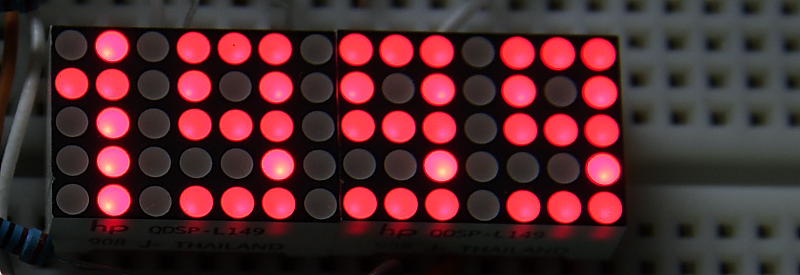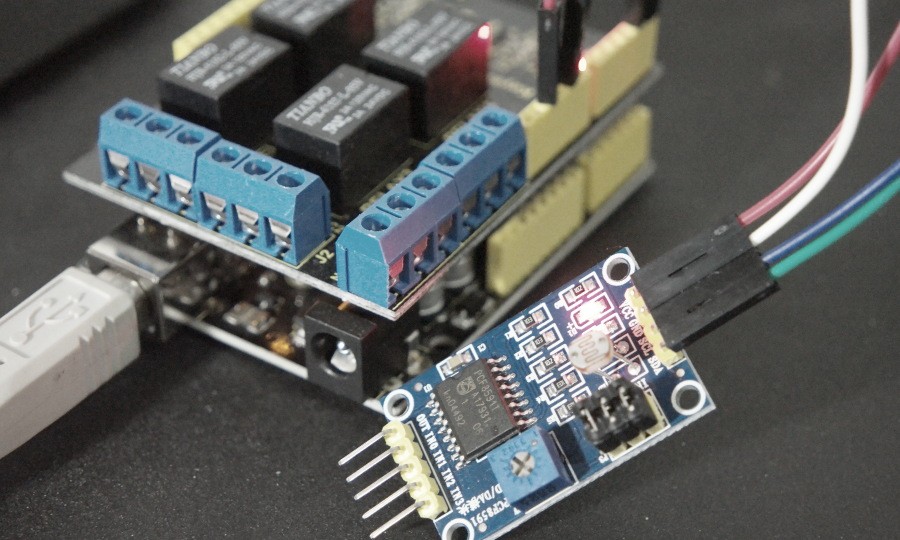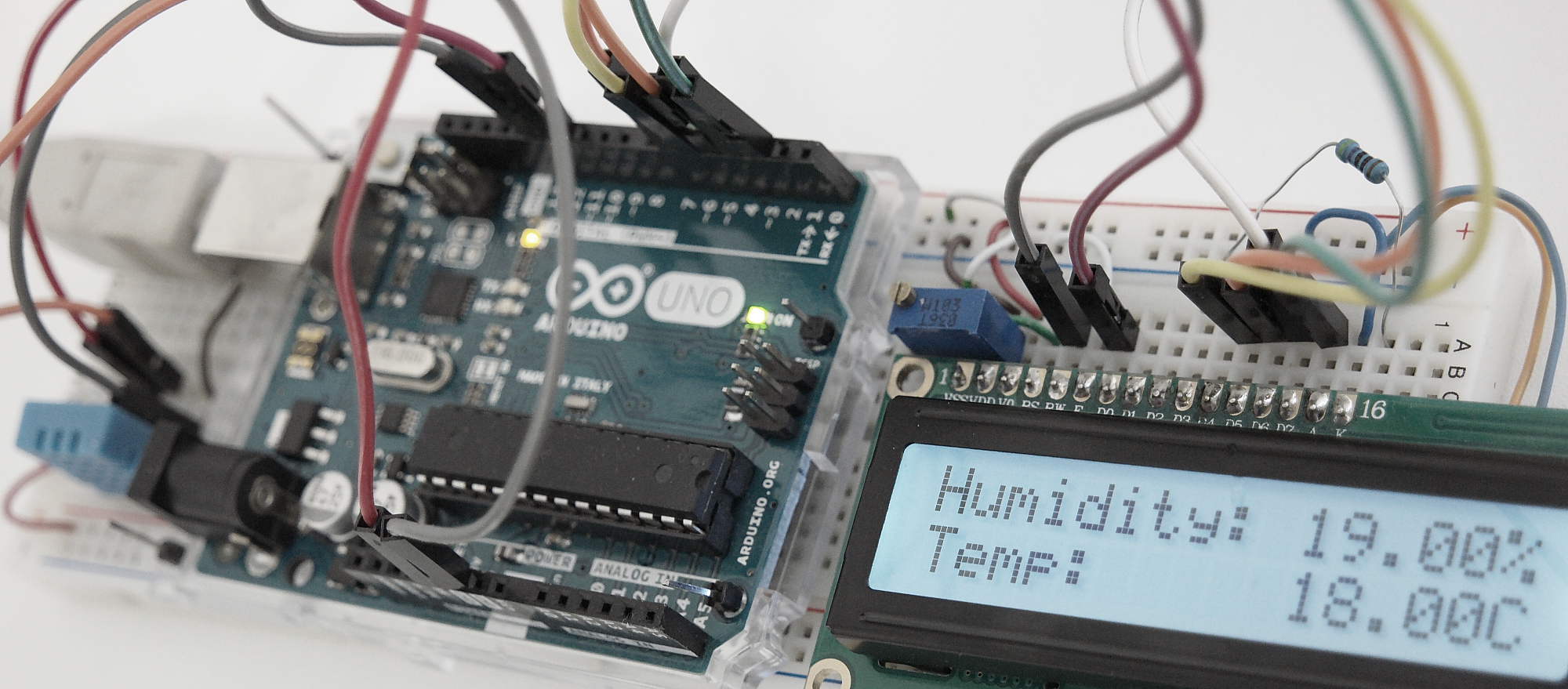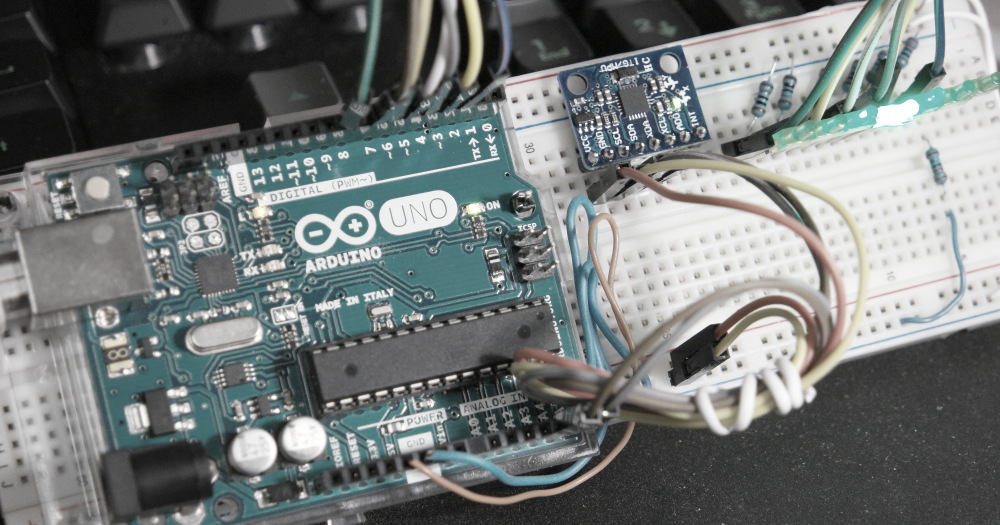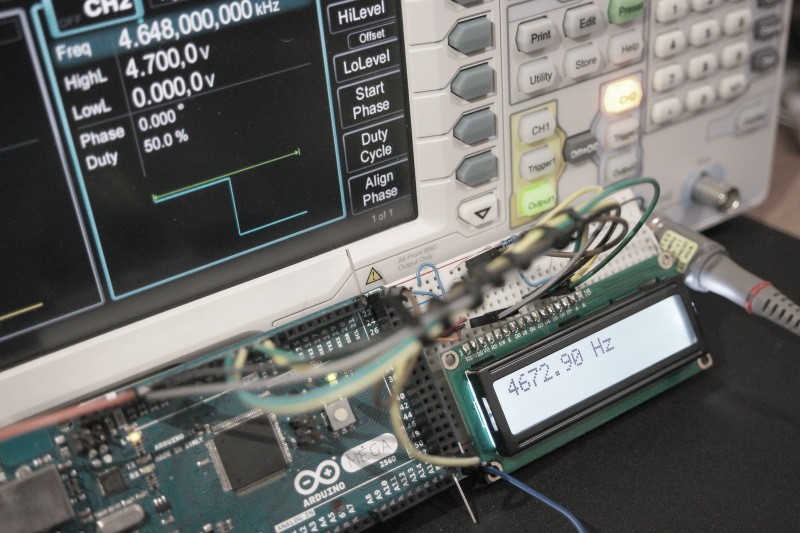3.5 Digit Dot Matrix LED Display
In this post I’ll show you how two QDSP-L149 5×7 dot matrix LED Displays can be used to create a 4 Digit display module. The trick is to change the roles of rows and columns. So now each 5×7 Dot Matrix display can show 2 digits instead of only one. Any other similar 5×7 Dot … Read more
